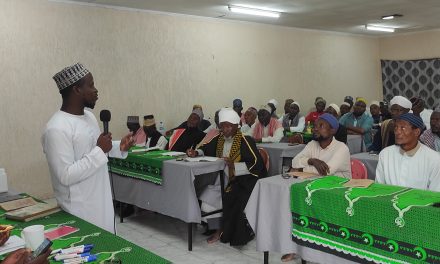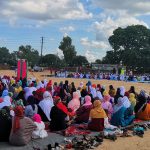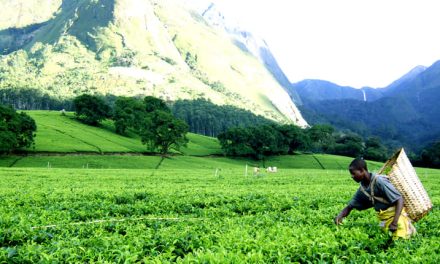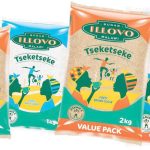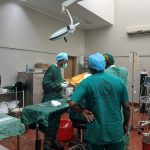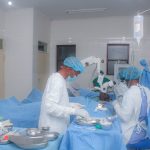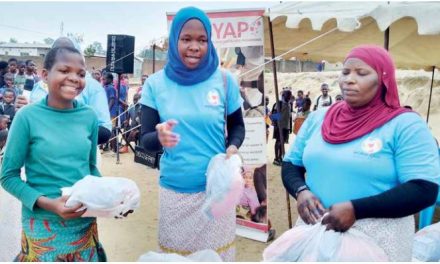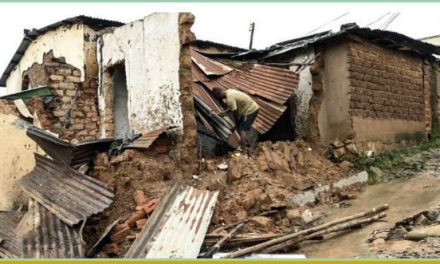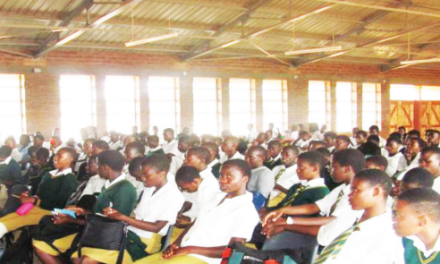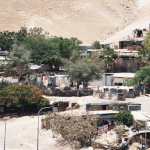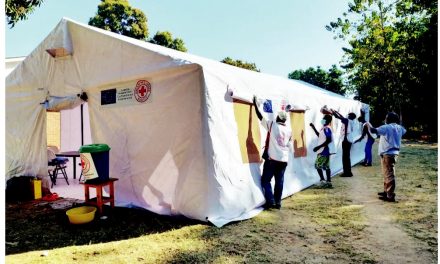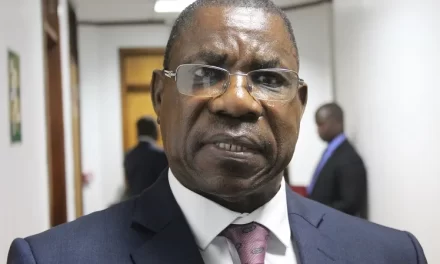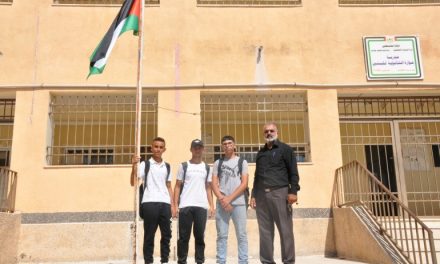
Rethinking the Affordable Inputs Program

The Affordable Inputs Program (AIP) has long been seen as a critical support system for millions of smallholder farmers in Malawi. For many, it provides the only means of affording fertilizers and seeds essential for survival. Yet, with the government slashing the number of beneficiaries this year, it’s time to ask: is AIP the most effective path forward for Malawi’s agricultural future?
There’s no denying that AIP has helped alleviate some short-term struggles, but its sustainability is in question. Agriculture consistently receives one of the largest portions of the national budget, second only to health. Despite this, Malawi’s agricultural output has not matched the enormous financial investment. The lack of clear results raises serious concerns about how funds are being managed and whether the AIP is being used to its fullest potential.
There have been alarming instances that cast doubt on the integrity of the program. For example, in 2022-23, the government controversially procured fertilizer from a European supplier, which, shockingly, turned out to be a “butchery.” This debacle highlighted concerns over procurement practices and the potential misuse of AIP funds.
Moreover, with the country facing serious hunger after the devastation of Cyclone Freddy and droughts in several regions, the cracks in the AIP system are becoming more apparent. These natural disasters have left the nation more vulnerable than ever, and yet the agricultural sector remains unable to provide the food security Malawians so desperately need.
Instead of continuing with a program that seems to benefit a select few, maybe it’s time for a fundamental rethink. One potential solution could be the government’s mega farm initiative. If properly implemented, large-scale farming operations could help stabilize food production, reduce market prices, and make essential crops more affordable for everyone—not just the beneficiaries of a heavily bureaucratic program. By focusing on maximizing yield and efficiency in these mega farms, Malawi could create a self-sustaining agricultural model that minimizes the need for constant subsidies.
As we look ahead, Malawi must decide whether to continue pouring money into a system that hasn’t delivered the desired results or explore new, more transparent ways to secure the future of its agriculture. With the elections nearing and the food crisis deepening, now is the time for bold decisions that prioritize the needs of the people over political convenience.



